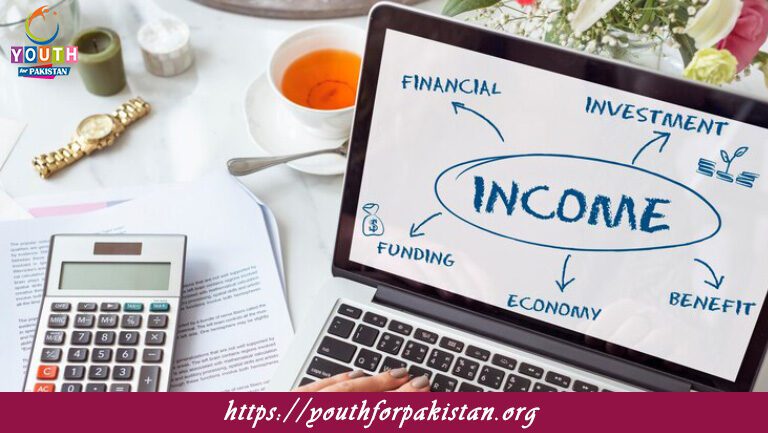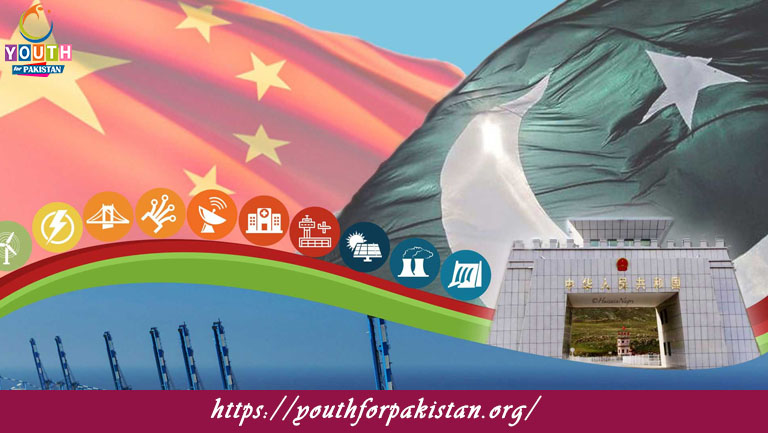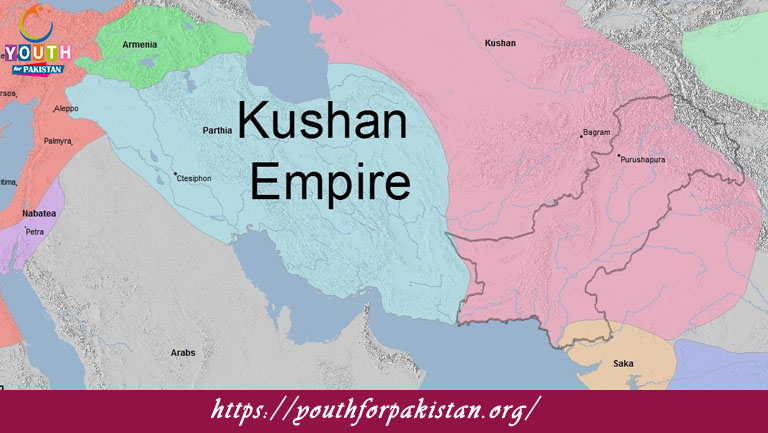Welcome to the Economics MCQs with Answers. In this post, we have shared a Economics Online Test for different competitive exams. Find practice questions with answers of the Economics test online multiple choice questions with answers here. Each question offers a chance to enhance your knowledge regarding Economics.
Which of the following is considered a factor of production?
a) Money
b) Labor
c) Technology
d) Infrastructure
What does GDP stand for?
a) Gross Domestic Product
b) Global Development Plan
c) Gross Domestic Pricing
d) General Domestic Product
What is the primary function of the Central Bank?
a) To print money
b) To regulate the stock market
c) To manage the nation’s monetary policy
d) To collect taxes
The law of demand states that, other things being equal:
a) As price increases, demand increases
b) As price decreases, demand decreases
c) As price increases, demand decreases
d) Price and demand are unrelated
What is inflation?
a) A general decrease in prices
b) A general increase in prices
c) An increase in the value of currency
d) A decrease in the supply of money
What is the opportunity cost?
a) The cost of an alternative that must be forgone
b) The cost of producing a good
c) The cost of labor
d) The cost of raw materials
What is the main purpose of a tariff?
a) To increase exports
b) To protect domestic industries
c) To balance the budget
d) To reduce inflation
In a perfectly competitive market, the products sold by different firms are:
a) Heterogeneous
b) Unique
c) Identical
d) Differentiated
What is a monopoly?
a) A market with many sellers
b) A market with one seller
c) A market with one buyer
d) A market with many buyers
What does ‘marginal cost’ refer to?
a) The cost of producing one additional unit of a good
b) The cost of the first unit produced
c) The average cost of all units produced
d) The cost of raw materials
Which of the following is a characteristic of a mixed economy?
a) Only private ownership
b) Only government ownership
c) Both private and government ownership
d) No ownership
What is a budget deficit?
a) When government revenues exceed expenditures
b) When government expenditures exceed revenues
c) When government revenues equal expenditures
d) When the government borrows money
What is the purpose of fiscal policy?
a) To control inflation
b) To manage the money supply
c) To regulate taxes and government spending
d) To control interest rates
Which of the following is an example of a public good?
a) A private car
b) National defense
c) A restaurant meal
d) A television set
What does the term ‘elasticity’ in economics refer to?
a) The flexibility of prices
b) The responsiveness of quantity demanded or supplied to changes in price
c) The stability of demand
d) The growth of the economy
What is a progressive tax?
a) A tax that takes a larger percentage from low-income earners
b) A tax that takes the same percentage from all income levels
c) A tax that takes a larger percentage from high-income earners
d) A tax that takes a fixed amount from everyone
What is the purpose of monetary policy?
a) To control government spending
b) To regulate the money supply and interest rates
c) To increase taxes
d) To reduce unemployment
What does the term ‘aggregate demand’ refer to?
a) The total demand for a specific good
b) The total demand for goods and services in an economy
c) The demand for public goods
d) The demand from a single consumer
Which of the following is an example of an oligopoly?
a) The agricultural market
b) The automobile industry
c) The retail market
d) The oil industry
What is meant by ‘perfect competition’?
a) A market with no competition
b) A market with only one seller
c) A market with many sellers offering identical products
d) A market with a few large firms
What is the meaning of ‘demand curve’?
a) It shows the relationship between price and quantity demanded
b) It shows the relationship between supply and demand
c) It shows the relationship between price and supply
d) It shows the relationship between cost and profit
What is ‘consumer surplus’?
a) The difference between what consumers are willing to pay and what they actually pay
b) The excess supply in the market
c) The total revenue of sellers
d) The profit earned by producers
What does ‘laissez-faire’ economics advocate?
a) Government intervention in the market
b) Free market with minimal government intervention
c) Government control of all economic activity
d) A mixed economy
What is ‘fiscal policy’?
a) The use of government spending and taxation to influence the economy
b) The regulation of the money supply
c) The control of interest rates
d) The management of public debt
What is a ‘recession’?
a) A period of rapid economic growth
b) A period of temporary economic decline
c) A period of high inflation
d) A period of high employment
What is ‘comparative advantage’?
a) The ability of a country to produce more of a good than another country
b) The ability of a country to produce a good at a lower opportunity cost than another country
c) The advantage a country has in trade negotiations
d) The ability of a country to produce goods at a higher quality
What is the primary goal of a firm in a market economy?
a) To produce goods and services
b) To maximize profit
c) To create jobs
d) To minimize costs
What does the term ‘monopolistic competition’ describe?
a) A market with only one seller
b) A market with a few large firms
c) A market with many sellers offering differentiated products
d) A market with many sellers offering identical products
What is the ‘law of supply’?
a) As price decreases, supply decreases
b) As price increases, supply decreases
c) As price increases, supply increases
d) Price and supply are unrelated
What is meant by ‘price elasticity of demand’?
a) The sensitivity of quantity demanded to changes in price
b) The sensitivity of supply to changes in price
c) The flexibility of prices
d) The stability of demand
Which of the following is an example of a regressive tax?
a) Income tax
b) Sales tax
c) Property tax
d) Corporate tax
What is a ‘trade deficit’?
a) When a country exports more than it imports
b) When a country imports more than it exports
c) When a country’s currency is devalued
d) When a country has no international trade
What does ‘gross national product’ (GNP) include?
a) The value of all goods and services produced within a country
b) The value of all goods and services produced by a country’s residents, regardless of location
c) The total value of exports
d) The value of government spending
What is ‘hyperinflation’?
a) A slow increase in prices
b) A rapid and out-of-control increase in prices
c) A period of falling prices
d) A situation where prices remain stable
What is a ‘capital good’?
a) A good that is consumed by individuals
b) A good used in the production of other goods and services
c) A financial asset
d) A good that is sold internationally
What is ‘economic equilibrium’?
a) A situation where supply exceeds demand
b) A situation where demand exceeds supply
c) A situation where supply equals demand
d) A situation where prices are falling
What is ‘depreciation’ in economics?
a) The increase in the value of an asset
b) The decrease in the value of an asset over time
c) The loss of economic productivity
d) The reduction in the supply of money
What does ‘marginal utility’ refer to?
a) The total satisfaction received from consuming a good
b) The additional satisfaction received from consuming one more unit of a good
c) The satisfaction received from producing a good
d) The utility of the last unit consumed
What is ‘gross profit’?
a) Total revenue minus total costs
b) Total revenue minus variable costs
c) Total revenue minus fixed costs
d) Total revenue minus cost of goods sold
What does the term ‘economies of scale’ mean?
a) The cost advantages that a business obtains due to expansion
b) The increase in costs due to business growth
c) The reduction in total revenue
d) The loss of profitability in a business
What is ‘structural unemployment’?
a) Unemployment due to seasonal work
b) Unemployment due to the business cycle
c) Unemployment due to technological change or other structural changes in the economy
d) Unemployment due to voluntary job changes
What is ‘nominal GDP’?
a) GDP adjusted for inflation
b) GDP measured at current market prices
c) GDP of a nominal economy
d) GDP of a developing economy
What is ‘frictional unemployment’?
a) Unemployment caused by the time taken to find a new job
b) Unemployment due to economic downturn
c) Unemployment due to changes in industry structure
d) Unemployment caused by automation
What is ‘perfectly inelastic demand’?
a) Demand that does not change with price
b) Demand that increases with price
c) Demand that decreases with price
d) Demand that fluctuates with supply
What is ‘derived demand’?
a) Demand for a good that is derived from the demand for another good
b) Demand that is artificially created
c) Demand that is inelastic
d) Demand for a non-essential good
What does ‘price ceiling’ mean?
a) The minimum price set by the government for a good or service
b) The maximum price set by the government for a good or service
c) The equilibrium price in a market
d) The natural price of a good or service
What is a ‘transfer payment’?
a) A payment made by the government to individuals without any goods or services being received in return
b) A payment for goods or services provided
c) A loan from the government
d) A payment made by businesses to government
What is ‘income elasticity of demand’?
a) The responsiveness of demand to changes in income
b) The responsiveness of supply to changes in income
c) The flexibility of prices due to changes in income
d) The relationship between demand and supply
What is ‘market equilibrium’?
a) A situation where supply exceeds demand
b) A situation where demand exceeds supply
c) A situation where supply equals demand at a certain price
d) A situation where prices are falling
What does ‘monopsony’ describe?
a) A market with many sellers
b) A market with only one buyer
c) A market with a few large buyers
d) A market with identical products
If you are interested to enhance your knowledge regarding Physics, Chemistry, Computer, and Biology please click on the link of each category, you will be redirected to dedicated website for each category.








